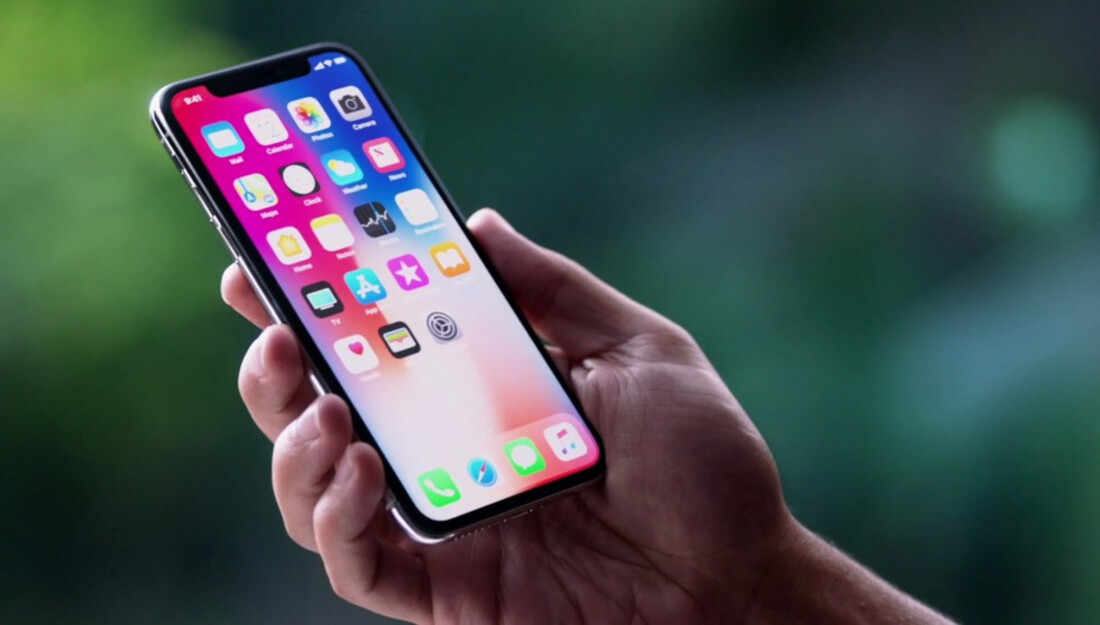
In what could be seen as a preemptive attempt to avoid criticism, Apple has updated the iPhone X's Retina Display support section to warn users about a few potential issues they may face with the X's OLED display.
One of the most common complaints associated with OLED screens in general is image "burn-in," or the display's tendency to show faded pieces of an image even after a new image appears on the screen. This commonly happens when one high-contrast image remains stationary for an extended period of time.
This image burn-in caused a bit of controversy last month with the launch of Google's Pixel 2 XL as some users reported image retention issues with the phone's OLED display mere weeks after purchase. While Google did release a number of software improvements to mitigate these issues, for many users, the damage has already been done.
It seems Apple is eager to avoid making the same mistakes their competitor has. In the iPhone X's updated support section, the company states the following:
If you look at an OLED display off-angle, you might notice slight shifts in color and hue. This is a characteristic of OLED and is normal behavior. With extended long-term use, OLED displays can also show slight visual changes.
This is also expected behavior and can include “image persistence” or “burn-in,” where the display shows a faint remnant of an image even after a new image appears on the screen.
This can occur in more extreme cases such as when the same high contrast image is continuously displayed for prolonged periods of time. We’ve engineered the Super Retina display to be the best in the industry in reducing the effects of OLED "burn-in."
Whether or not Apple's attempts to reduce the effects of burn-in will prove to be successful remains to be seen. That said, as long as the vast majority of iPhone X owners don't face these issues for at least a few months, Apple's user base will likely be content.
https://www.techspot.com/news/71744-apple-warns-iphone-x-owners-potential-burn-new.html
